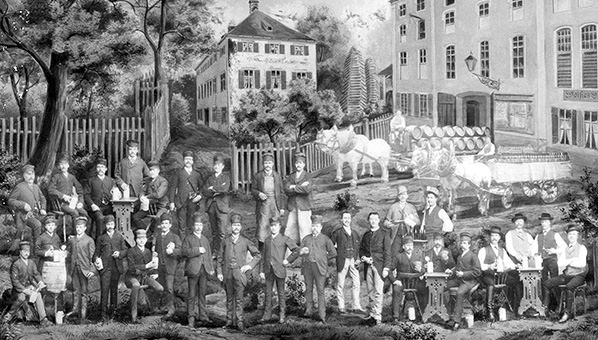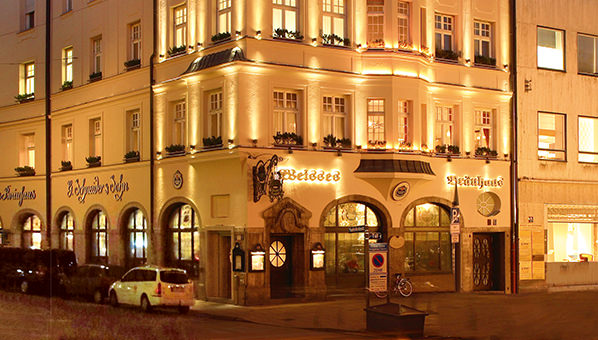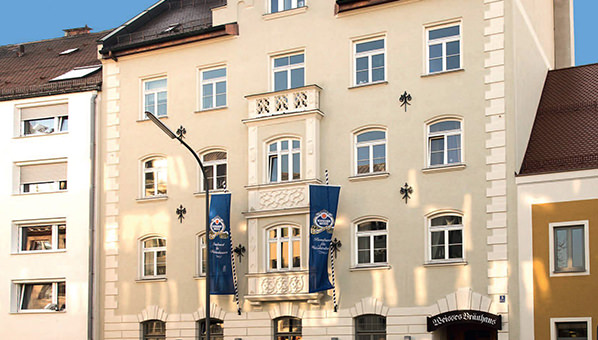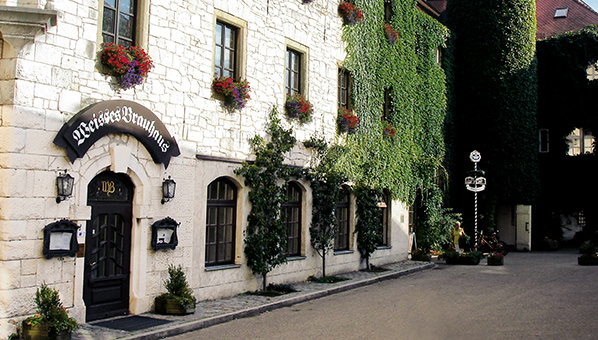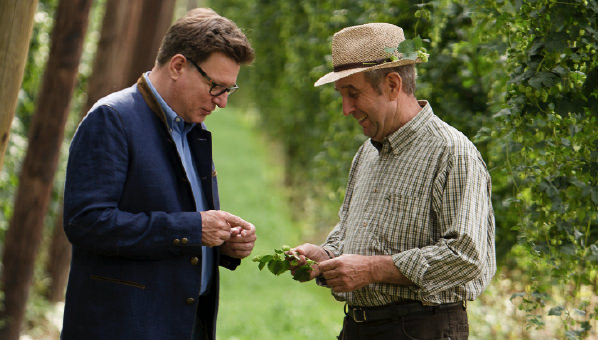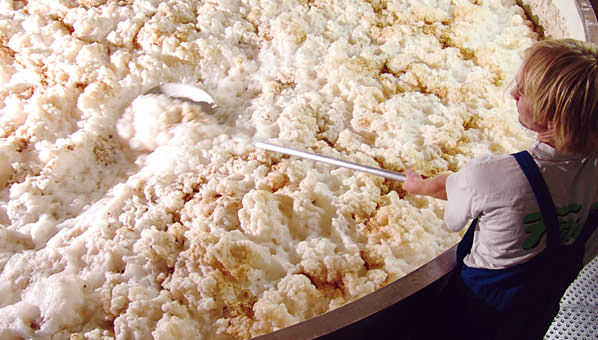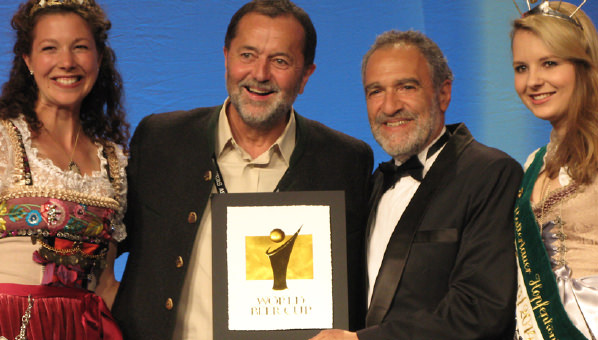

Our history
Inseparable:
The brewery family Georg Schneider and wheat beer.
Looking closely at the past of Schneider Weisse, one will uncover two fascinating stories: The first tells of duke Maximilian I. and his rigorous commitment to the propagation of wheat beer, leading to the foundation of the first „Weisses Bräuhaus“ in Kelheim – today's brewing site of Schneider Weisse. A seemingly wholly different story begins far from Kelheim and tells us of the brewer family Schneider, passing on their precious heritage of experience and passion over many generations. Join us on a short trip through the centuries … and see how two stories finally become one.


Duke Maximilian I.
of Bavaria (1573-1651)
Wheat beer to the people





Georg I. Schneider
(1817-1890)
Georg II. Schneider
(1846-1890)









Brave originals.
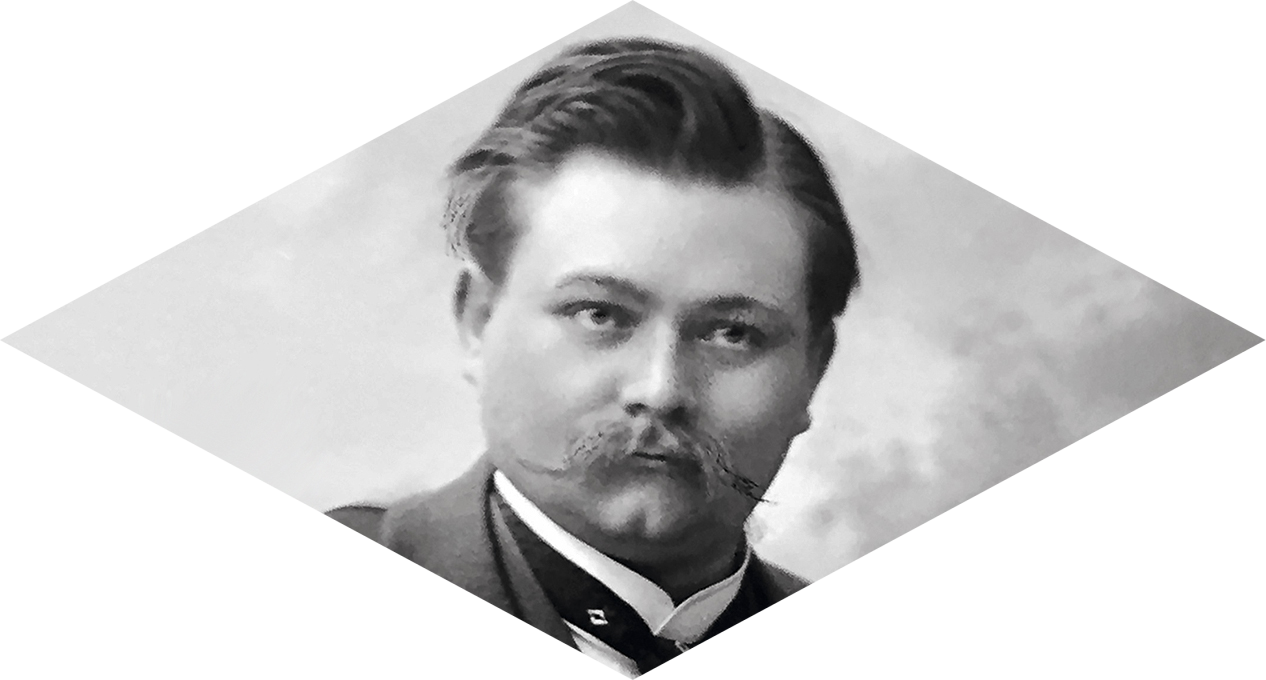

Georg Schneider III.
(1870-1905)
The collector.








Mathilde Schneider
(1877-1972)
The persistent.





Strong performance.



Georg Schneider IV.
(1900-1991)
The undaunted.









A feast of flavour.


Georg Schneider V.
(born 1928)
The conductor.






Building character.



Georg Schneider VI.
(born 1965)
The artist.








